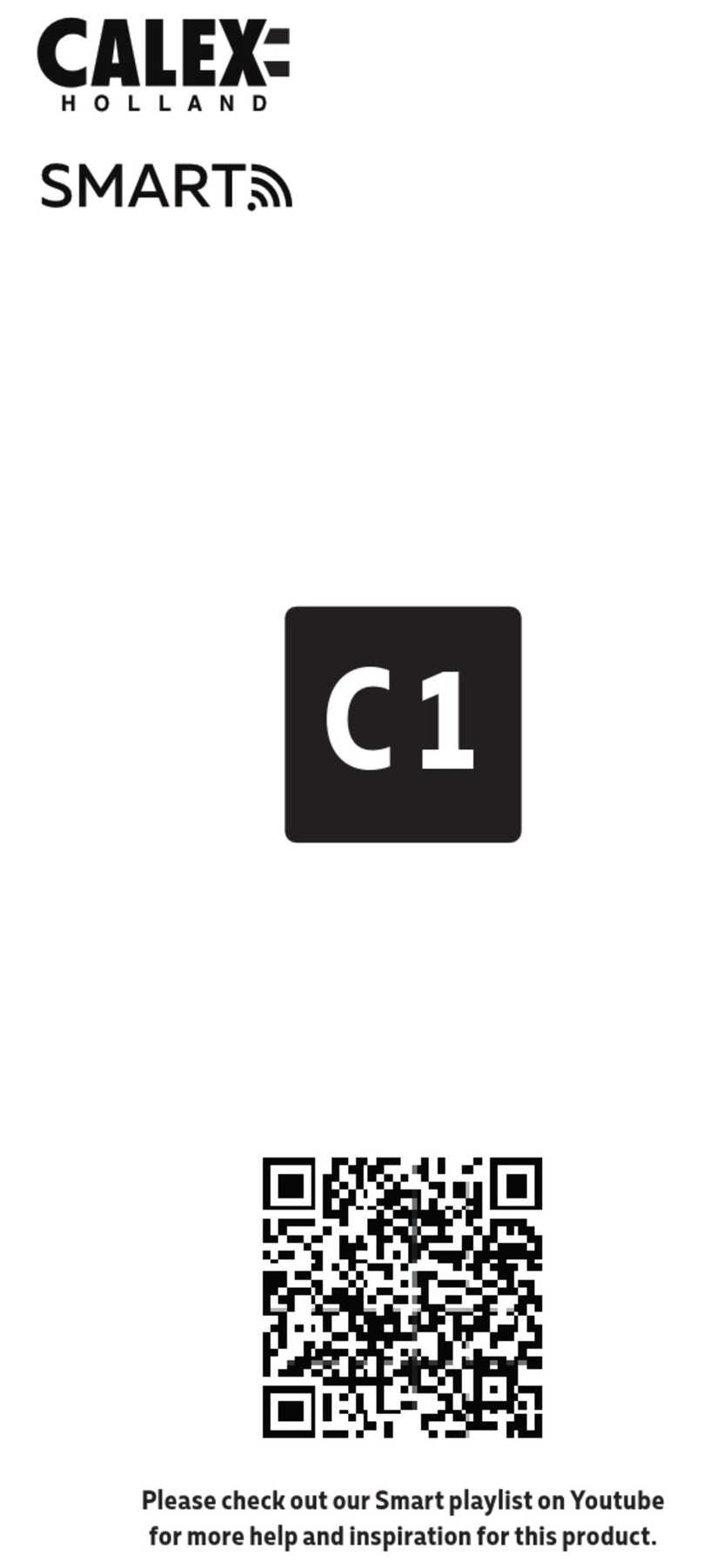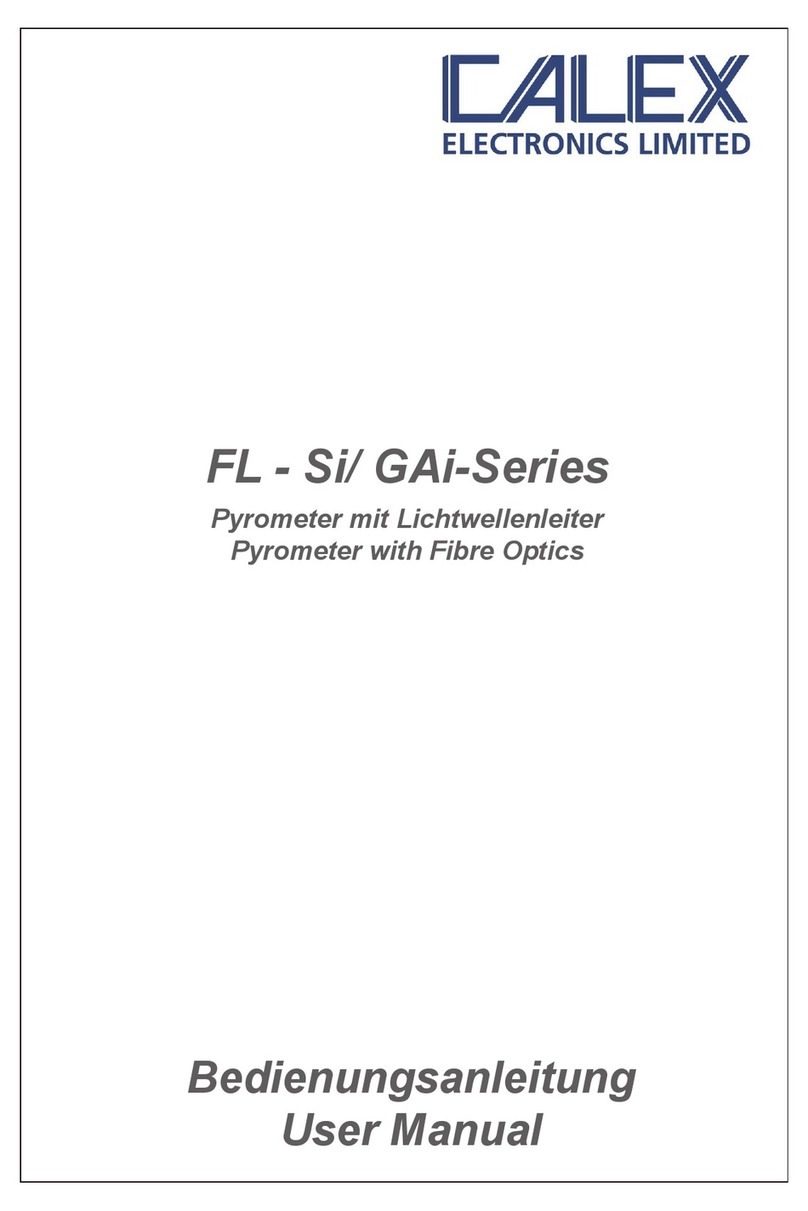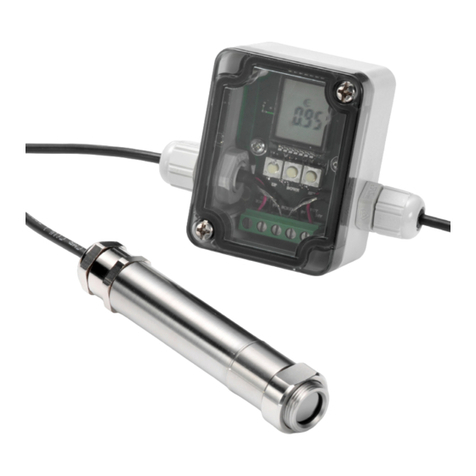
2. Technical Data
Temperature range: 150...1800°C/ 302...3272°F
Spectral range: 5.14 µm
IR Detector: Thermopile
Measurement uncertainty: 1 % of the reading or 1 K at 23°C ±10 K
ambient temperature (the larger value
applies);
Repeatability: 0.5 % of the reading or 1 K, (the larger value
applies)
Temperature coefficient*: 0.03 % of the reading in °C per Kelvin
difference of the ambient temperature from
23°C
Response time t : 150 ms
90
Emissivity: Adjustable between 20 and 100 % in 1% steps
(Glass, Quartz: 0.97)
Spot diameter: M=13 mm at a=650 mm (Distance to spot-
ratio, D:S 50:1) M=2.3 mm at a=96 mm (with
close-up lens)
Laser sighting: The laser beam marks the center of the
measuring spot. The laser is automatically
turned off at ambient temperatures > 50°C.
class II laser, output < 1 mW
Temperature display: 3 values/s
large display: 4 Digit - 9 mm height
small display: 4 Digit - 4.5 mm height
Display resolution: 0.1°C between 150...999.9°C
0.1°F between 302...999.9°F
1.0°C between 1000...1800°C
1.0°F between 1000°F...3272°F
Temperature overflow At temperatures higher than 1800°C/ 3272°F
high temperature limit: the display shows 8888
Temperature underflow At temperatures lower than 150°C/ 302°F
low temperature limit: the display shows 7777
Display backlight: automatically at dark ambient
Temperature units: °C / °F, switchable
Functions: Normal, MAX, MIN, AVG, DIF
Acoustic alarm function: HI-Alarm (Temperature adjustable)
Serial interface: RS-232-interface with 9600 Baud, USB socket
type B
Power supply: 9 V battery (IEC 6LR61),
9 V rechargeable battery-NiMH
3
Battery life: 50 hours (without laser) with 9 V - battery;
12 hours (without laser) with 9 V rechargeable
battery
Socket for charging unit: for connection of the charging unit
Operating temperature: 0...55°C / 32°F…131°F
*The instrument adapts to larger changes in the ambient temperature within 20 minutes and
resumes standard precision.
Storage temperature: -20...70°C / -4°F…158°F
Housing: ABS, UL-Class V0
Weight: 340 g
Tripod thread: UNC ¼“
Safety class: IP20
CE-label: according to EN 50082-2, basic standard for
industrial use
21






























